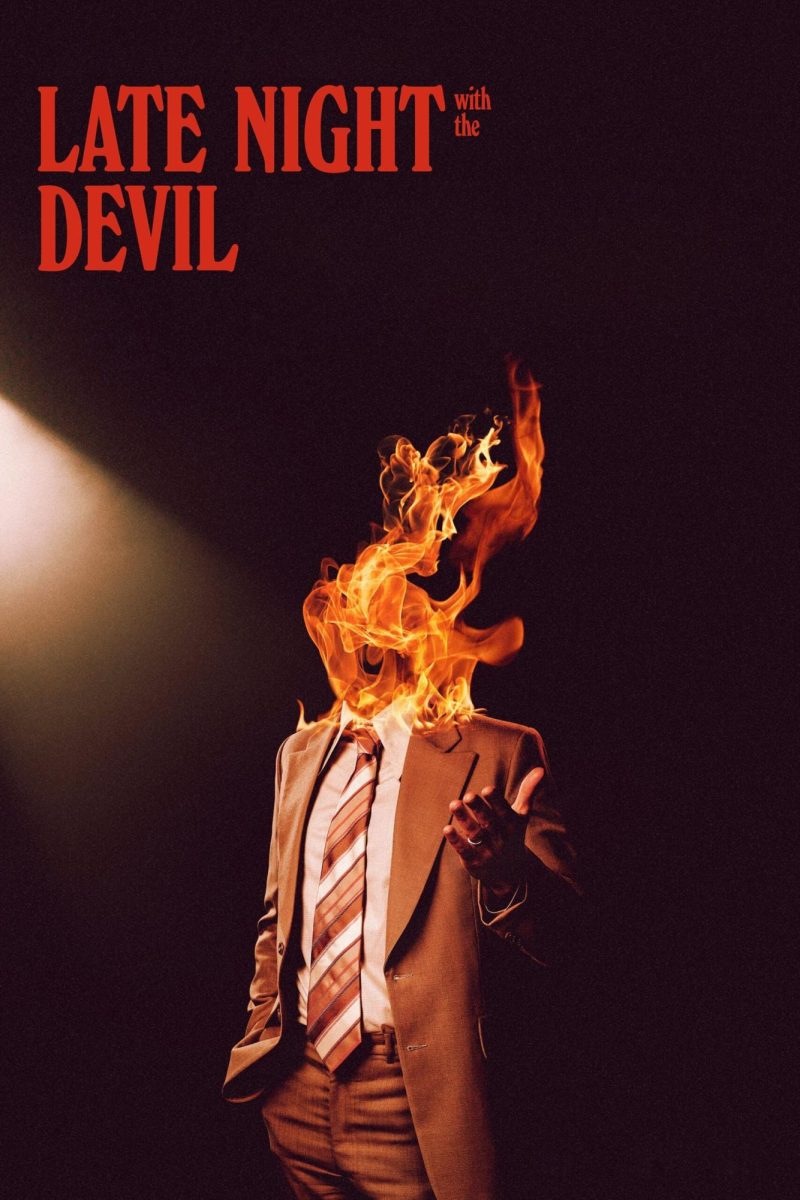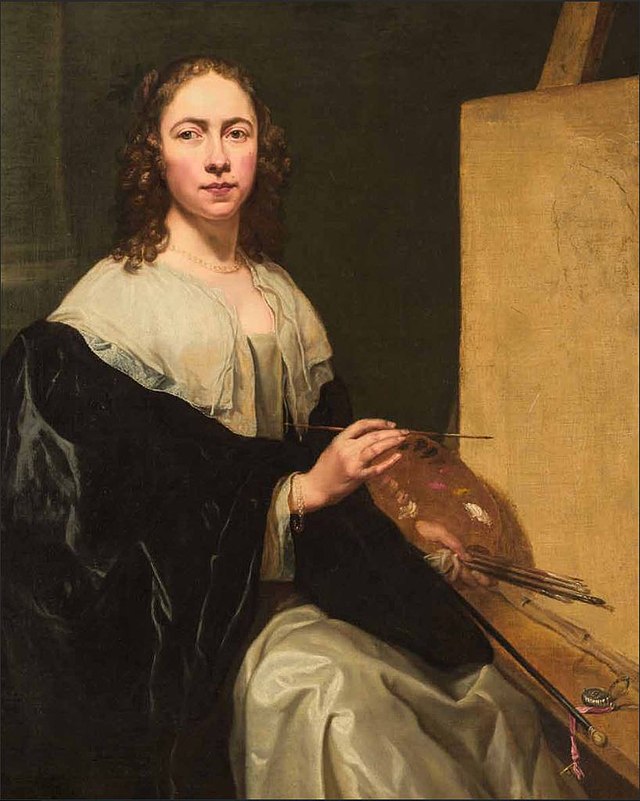People filled the Powell Hall on Oct. 3 as it housed a powerful classical performance, which featured both the Saint Louis Symphony, conducted by Russian guest artist Vassily Sinaisky, and the highlight of the show: the world-renown Argentine pianist, Ingrid Fliter. She displayed her legendary talent in the night’s second piece, which consisted of movements from Piano Concerto No. 2 in F minor, op. 21 (1829), composed by Chopin. The other pieces in the concert comprised selections from Cinderella Suite No. 1, op. 107 (1946), which was placed first on the program, composed by Prokofiev, and ended with the Symphony No. 3 in C minor, op. 44 (1928).
The first piece performed, a ballet from sections of Cinderella – including the movements Introduction, Pas de chat, Quarrel, Cinderella’s Waltz and Midnight – was my personal favorite. The instrument that stood out to me in this piece was the rich clarinet that played throughout. The notes in this piece truly seemed magical, aided greatly by the warm strings and the percussion, and I could almost visualize the actions of Cinderella, her prince, her stepmother, and the “quarrel” between her and her two stepsisters. One of the movements that had the most impact on me was the last one – Midnight. This piece was led by both the bass voices and the percussion, beginning with large drums portraying the famous clock signaling midnight, then leading into the joyful climax as Cinderella finally does find her Prince Charming.
The middle piece played by the symphony was movements from Piano Concerto No. 2 in F minor, op. 21 (1829), composed by Chopin, which consisted of Maestoso, Larghetto, and Allegro vivace, which was played by Gilmore Artist Award Winner, Ingrid Fliter. Frederic Chopin was a Polish composer who lived during the Romantic Era and was known for his piano compositions, which were inspired by the works of J. S. Bach, Mozart and Schubert. Throughout all three movements of the piece, the second being the most popular, Chopin uses simple tunes and expresses his orchestral expertise to emphasize the romantic era through lullabies. Much of the emotions portrayed here were provided through the performance of the solo pianist, who received a well-deserved standing ovation. I noticed throughout the piece how she swayed with the lullaby and jumped, giving us impactful notes, with the piece finally ending in a quick run, where the beauty of the composition is exposed.
Next came a piece from the opera “The Fiery Angel” by Sergei Prokofiev. Prokofiev, a Russian composer, pianist and conductor, was born in 1891 and, after the revolution and with permission from the Soviet Union, left Russia, moving to various places in the United States, Germany and Paris. During this time, he was known as one of the major composers of the 20th century. At the point of the Great Depression, Prokofiev wrote the Symphony No. 3 in C minor, op. 44, (from the opera “The Fiery Angel”), which was prevented from being staged in his lifetime.
Four movements were played from this piece, which was played at the end of the concert, including Moderato, Andante, Allegro agitato and Andante mosso. The first movement begins with a large crash of the cymbals and increases in intensity, evoking a feeling of threat and disturbance, which continues as the strings bring on a sense of sadness. The bass voices and winds then come in quick staccato notes and fast runs, developing a large climax, which then becomes mellow through the strings again. Throughout the movement, there are many clashes that take place between the winds and the strings. Before the movement ends, both percussion instruments and the orchestra pronounce loud marching pulses, and the piece ends with high winds playing at a slower pace, portraying the aftermath of the instrumental tension.
The second movement of this piece, Andante, is played in a moderately slow tempo, as suggested by its name. This movement represents various themes in nature during the springtime. The orchestral strings and the winds bring up a smooth underlying tone, the solo violin then comes in with high notes, continuing the theme of unrest. The beginning of the third movement starts with high note runs, which force feelings of agitation that are complimented by the screeching violins.
Over this, high-pitched notes of the flutes are played along with the loud drums and the brass instruments. The middle of the piece contains harmony among the woodwinds, portraying the folk-textured sound of Russian winds, reaching a sense of agreement with the brass instruments. But not for long, as the movement ends with amplified distressed voices singing together, bringing back the melodic theme from the beginning of the movement. This same theme was expressed in the fourth movement as well.
A warm applause swept through the hall at the end of the concert, as the audience thoroughly appreciated each composition that was performed throughout the night. At the end, I clapped with great satisfaction, filled with the intention of seeing this wonderful orchestra play again as I was mesmerized by the magical experience that they had given me.







